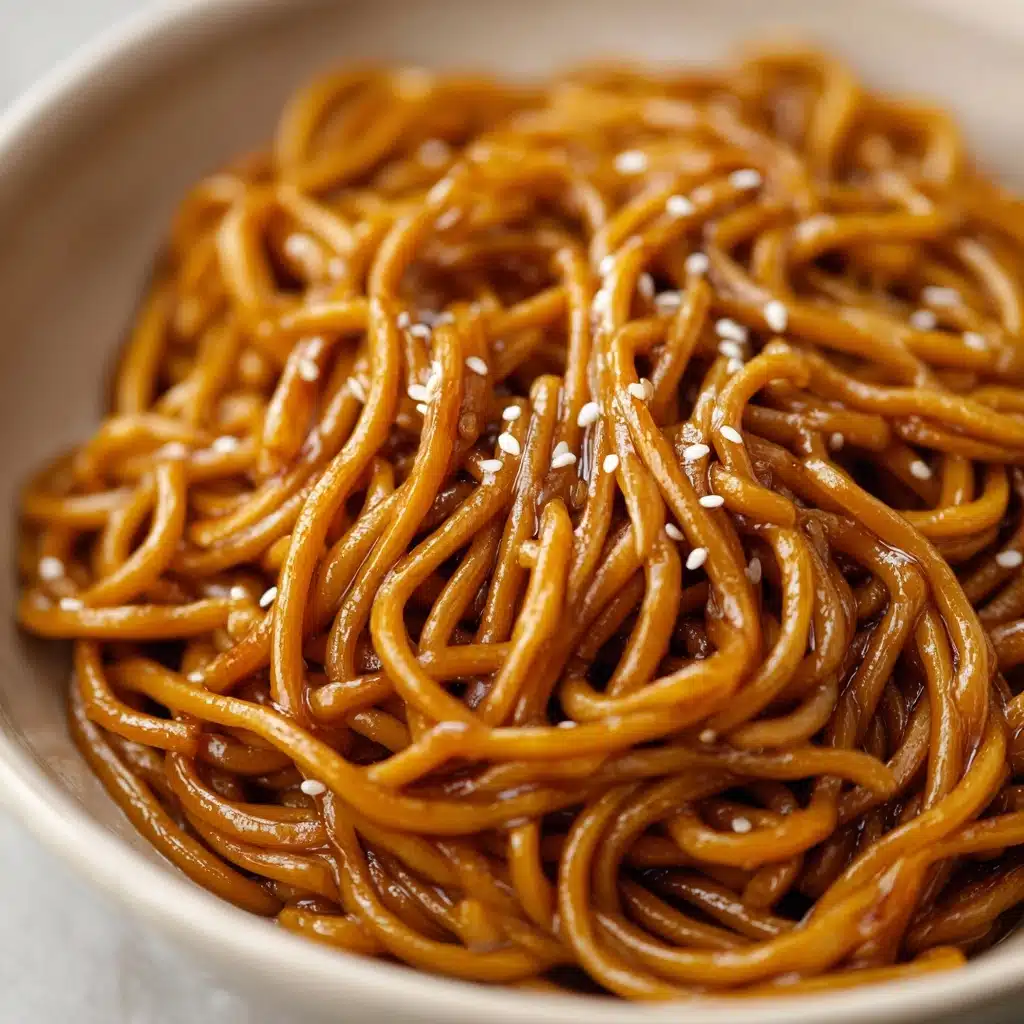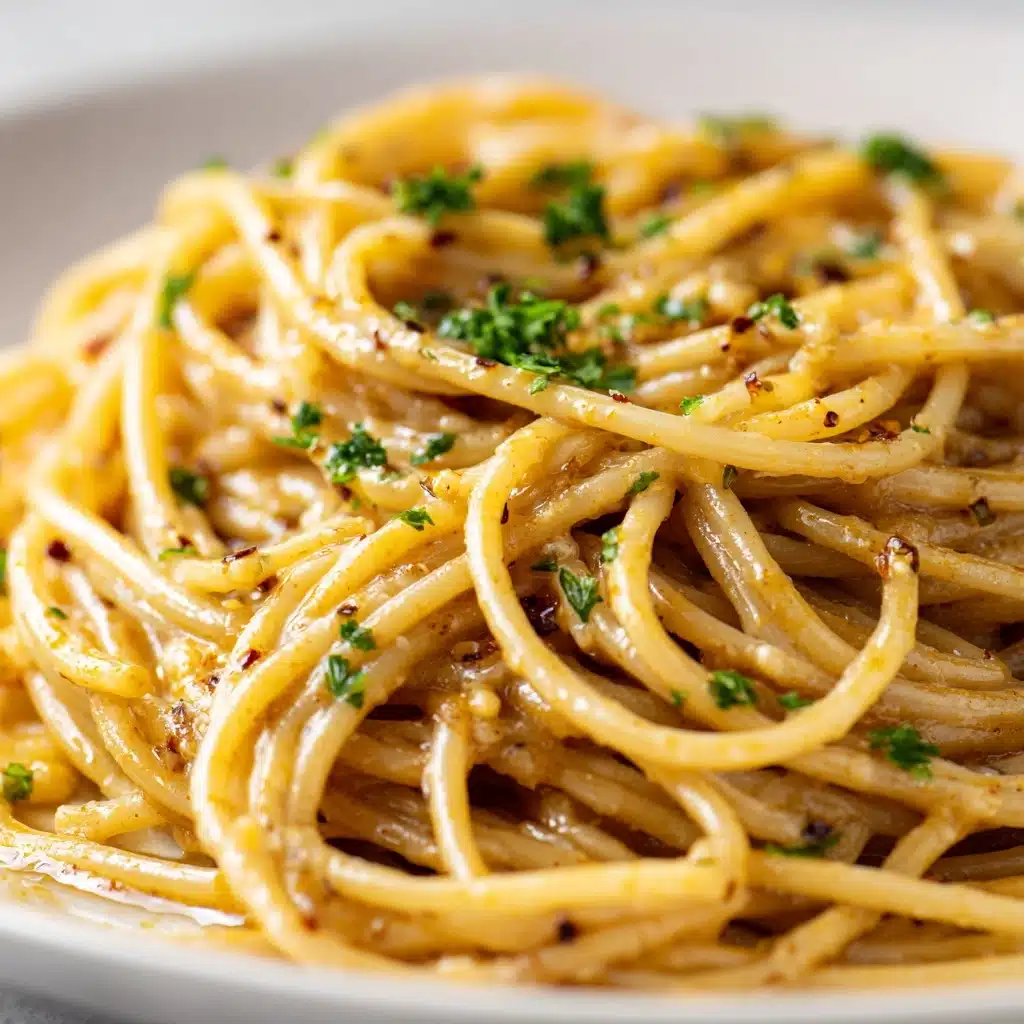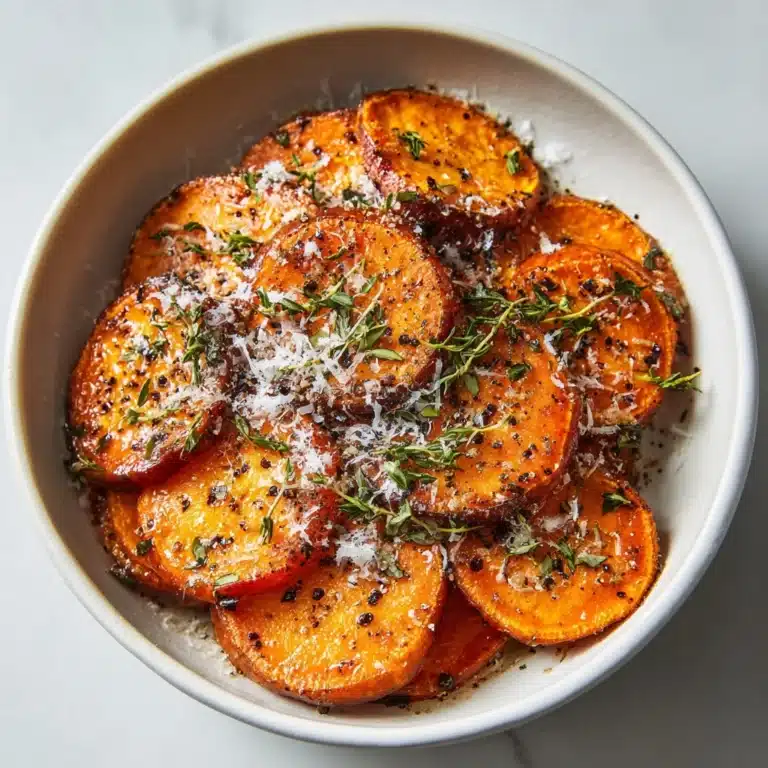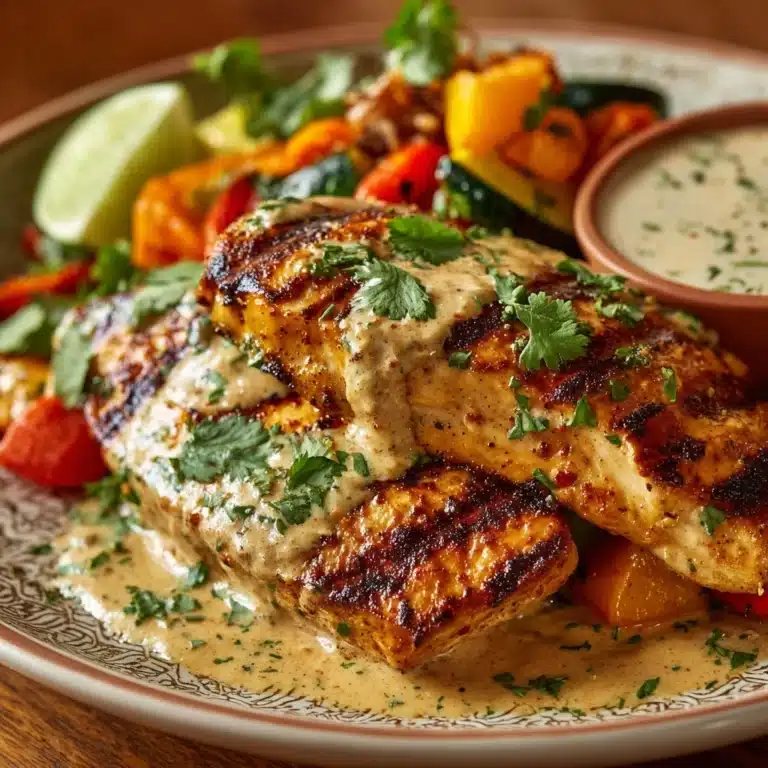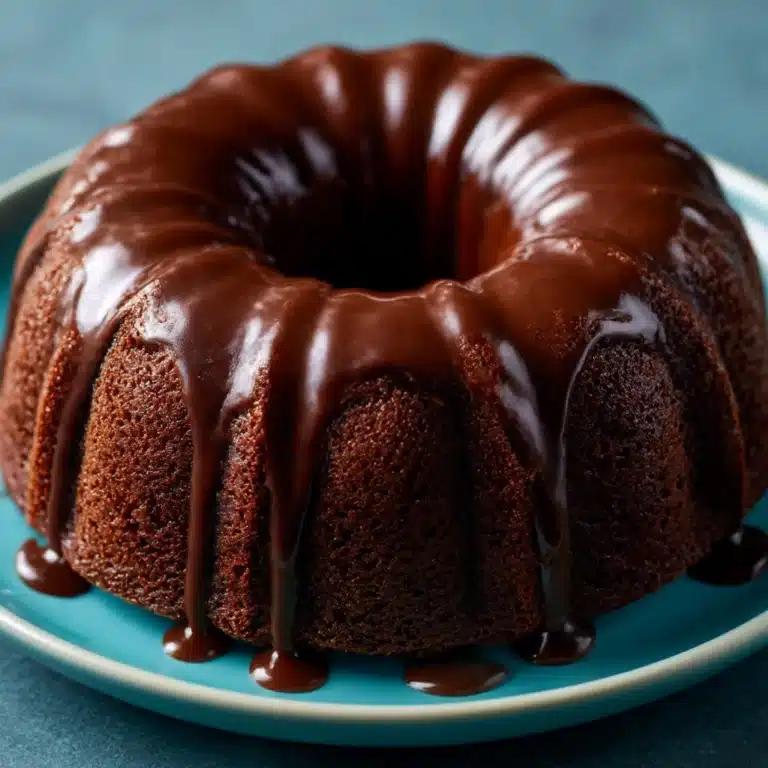If you’ve ever wished you could bring the taste of your favorite hibachi restaurant home, say hello to your new go-to: Hibachi Noodles. These garlicky, buttery noodles are ready in just 20 minutes, packed with layers of umami from soy, teriyaki, and oyster sauces, and finished with a pop of green onions. Every bite is savory, slightly sweet, and utterly irresistible — perfect for family dinners, easy lunches, or the next time you want to wow guests with a fun twist on Japanese-American comfort food.
Ingredients You’ll Need
The beauty of Hibachi Noodles lies in their simplicity — but don’t let the short list fool you! Every ingredient brings something crucial, whether it’s a punch of flavor, a silky texture, or an irresistible aroma. Here’s what you need and why it matters:
- Yakisoba or lo mein noodles: These springy noodles are the perfect base, soaking up all the delicious sauce and giving you that restaurant-style chew.
- Sesame oil: Just a couple of tablespoons infuse a warm nuttiness that transports you straight to a teppanyaki grill.
- Unsalted butter: The classic Japanese steakhouse secret! Butter gives richness and a sublime melt-in-your-mouth finish.
- Garlic (minced): Four cloves mean big flavor; fresh garlic wakes up every bite with savory depth.
- Low sodium soy sauce: Delivers classic salty umami, while going low-sodium keeps it balanced and not too briny.
- Teriyaki sauce: Adds a sweet-savory glaze that ties all the flavors together.
- Oyster sauce: Just a spoonful intensifies the umami and gives the noodles a slight glossy sheen.
- Brown sugar: Rounds out the salty and savory notes with a hint of caramel sweetness.
- Ground black pepper: Just a dash brings gentle heat and aromatic depth.
- Green onions: Sliced green onions add crunch, color, and a fresh finish to every bowl.
- Sesame seeds (optional): Sprinkled on top for a little extra flair and a nutty crunch (totally optional, but so fun!)
How to Make Hibachi Noodles
Step 1: Cook the Noodles
Start by preparing your yakisoba or lo mein noodles according to the package instructions. This usually just takes a quick boil or soak, making sure they’re cooked but still pleasantly chewy. Drain them well, set them aside, and get ready for the real flavor magic.
Step 2: Warm the Butter and Sesame Oil
In a large skillet or wok over medium-high heat, add the sesame oil and butter. Let them melt together until the butter is fully liquid and the kitchen starts to smell like pure happiness — that classic hibachi aroma is starting already!
Step 3: Sauté the Garlic
Toss in the minced garlic and stir for about 30 seconds, just until it becomes fragrant and golden. Don’t walk away — garlic can burn quickly, and you want it flavorful and mellow, not bitter.
Step 4: Toss in the Noodles
Add your drained noodles to the skillet. Use tongs or two forks to gently toss, coating all the noodles in garlicky, buttery goodness. Let them soak it all up for maximum flavor.
Step 5: Add the Sauces and Seasonings
Pour in the soy sauce, teriyaki sauce, oyster sauce, brown sugar, and ground black pepper. Stir everything together so the noodles are evenly coated. Let them cook for 2 to 3 minutes, stirring every so often, until the sauce slightly thickens and glazes the noodles perfectly.
Step 6: Finish and Garnish
Turn off the heat, then shower your Hibachi Noodles with sliced green onions and a scattering of sesame seeds, if you like that extra crunch and visual pop. Serve immediately while piping hot and glossy — it doesn’t get better than this!
How to Serve Hibachi Noodles
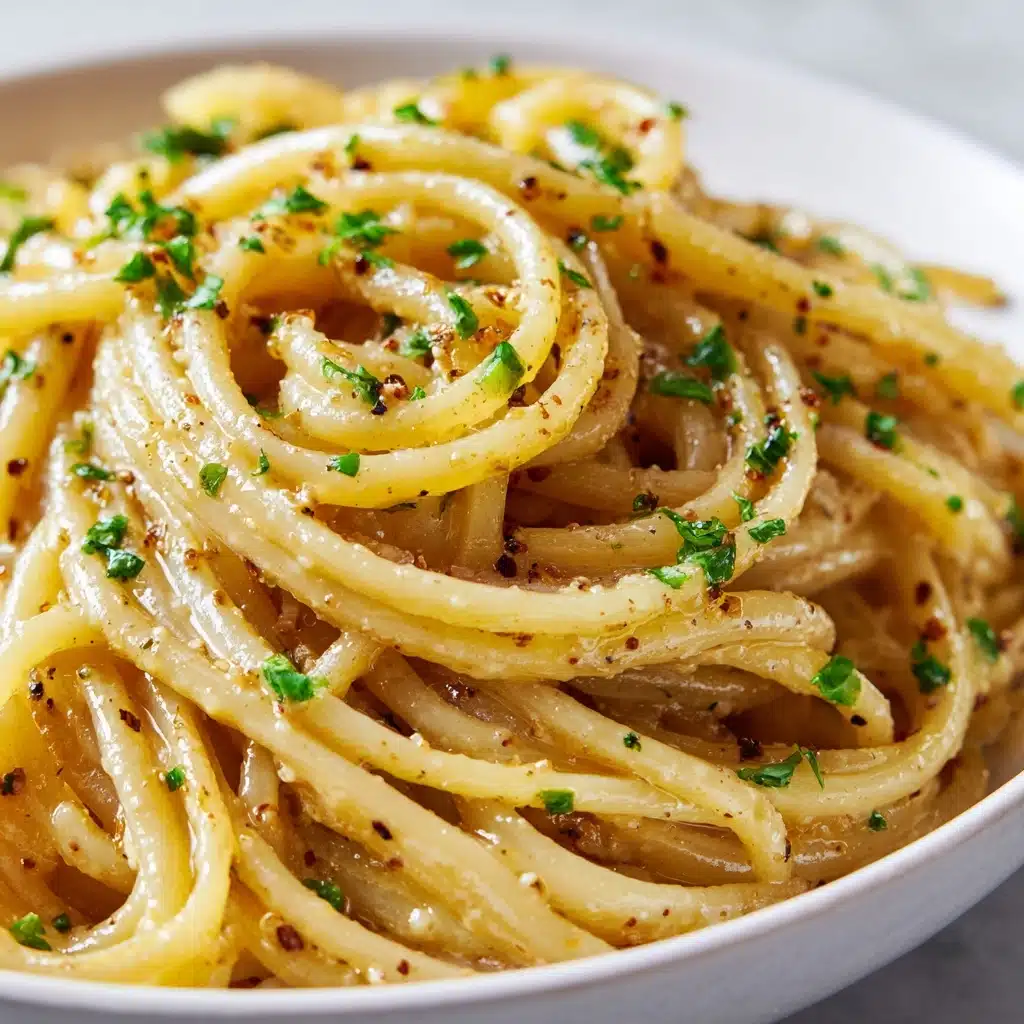
Garnishes
The finishing touches make a good bowl of Hibachi Noodles absolutely delightful. Sprinkle generous slivers of fresh green onion and a pinch of toasted sesame seeds over the top. For extra sparkle, add a squeeze of lime or a drizzle of chili oil if you want some heat or zing.
Side Dishes
Pair Hibachi Noodles with classic Japanese-American sides like grilled shrimp, seared chicken, or sautéed veggies such as zucchini and mushrooms. A vibrant side salad or a bowl of miso soup will round out your hibachi-inspired feast.
Creative Ways to Present
Try serving the noodles in individual bowls with chopsticks and a small ramekin of extra sauce for dipping. Or go all-in: pile them high on a platter, top with sliced protein, and finish with a flourish of microgreens for a real showstopper Hibachi Noodles experience.
Make Ahead and Storage
Storing Leftovers
If you find yourself with leftover Hibachi Noodles, simply transfer them to an airtight container. They’ll keep happily in the fridge for up to 3 days, making them a perfect option for quick lunches or speedy weeknight dinners.
Freezing
While Hibachi Noodles are best enjoyed fresh, you can freeze them for up to one month. Let the noodles cool completely, then divide into portions and seal tightly in freezer-safe bags or containers. Thaw overnight in the fridge for best texture when ready to eat.
Reheating
Reheat Hibachi Noodles gently in a skillet over medium heat, adding a splash of water or extra sauce to revive the glossy texture. Alternatively, microwave in 30-second bursts, stirring often to keep everything evenly heated and delicious.
FAQs
Can I make Hibachi Noodles gluten-free?
Absolutely! Swap out the soy sauce for coconut aminos and choose gluten-free noodles to keep this dish safe for those avoiding gluten. The result is just as flavorful and satisfying.
What protein can I add to these noodles?
Grilled steak, chicken, shrimp, or even crispy tofu make stellar additions to Hibachi Noodles. Just cook your protein separately and toss it in at the end for a complete meal.
Which vegetables pair well with Hibachi Noodles?
Classic hibachi veggies like zucchini, mushrooms, carrots, and broccoli work beautifully. Sauté them alongside the garlic before adding noodles, or serve them on top for color and crunch.
How spicy are these noodles?
By default, these noodles are mild and kid-friendly. If you love heat, add a dash of chili flakes, a dollop of chili crisp, or a swirl of sriracha either in the sauce or as a topping.
Can I use another type Main Course
Yes! While yakisoba and lo mein are traditional, you can also use udon, spaghetti, or even ramen noodles if that’s what you have on hand. The key is a noodle that can soak up all those delicious hibachi flavors.
Final Thoughts
If you’re craving big flavor with minimal fuss, give these Hibachi Noodles a spot on your table this week. They’re quick, endlessly customizable, and guaranteed to earn rave reviews from everyone who digs in. Trust me, you’ll want to keep this recipe close — it’s a keeper!
Print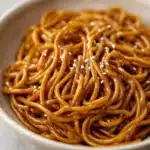
Hibachi Noodles Recipe
- Prep Time: 10 minutes
- Cook Time: 10 minutes
- Total Time: 20 minutes
- Yield: 4 servings
- Category: Main Course
- Method: Stovetop
- Cuisine: Japanese-American
- Diet: Vegetarian
Description
Learn how to make delicious and flavorful Hibachi Noodles at home with this easy recipe. Perfect for a quick and satisfying meal!
Ingredients
Noodles:
- 1 (14-ounce) package yakisoba noodles or lo mein noodles
Sauce:
- 2 tablespoons sesame oil
- 2 tablespoons unsalted butter
- 4 cloves garlic (minced)
- 1/4 cup soy sauce (low sodium)
- 1 tablespoon teriyaki sauce
- 1 tablespoon oyster sauce
- 1 tablespoon brown sugar
- 1/2 teaspoon ground black pepper
Garnish:
- 2 green onions (sliced)
- Optional sesame seeds for garnish
Instructions
- Cook Noodles: Cook noodles according to package instructions, then drain and set aside.
- Prepare Sauce: In a skillet, melt butter with sesame oil. Add minced garlic, cook until fragrant.
- Combine Ingredients: Add noodles to the skillet, then pour in soy sauce, teriyaki sauce, oyster sauce, brown sugar, and black pepper. Stir well.
- Finalize: Let cook for 2–3 minutes, stirring occasionally. Garnish with green onions and sesame seeds. Serve hot.
Notes
- You can add grilled shrimp, chicken, or vegetables like zucchini or mushrooms to make it a full meal.
- Substitute coconut aminos for soy sauce for a gluten-free version.

